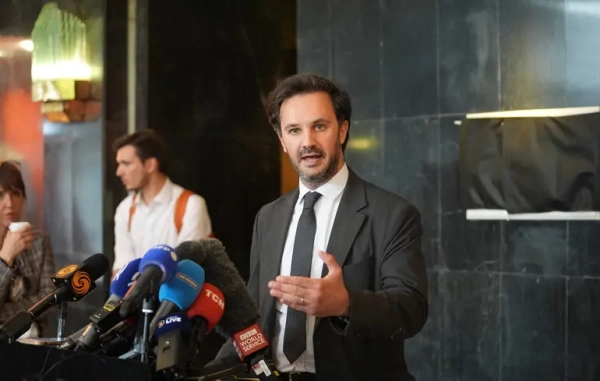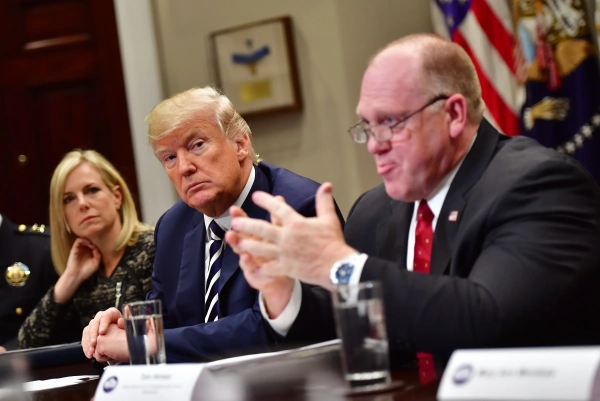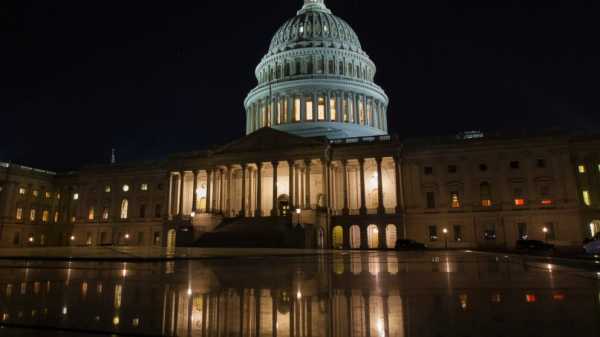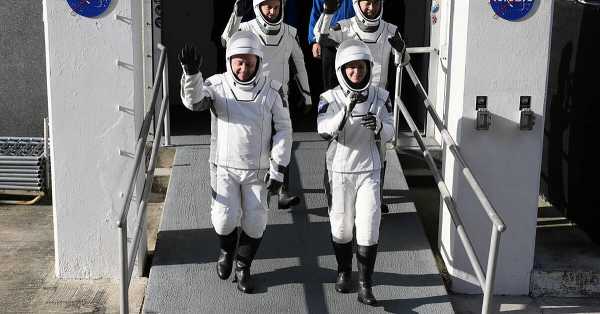
Astronauts temporarily grounded from missions last year because of problems with Boeing's Starliner spacecraft reached the International Space Station on Friday thanks to help from SpaceX.
A mixed crew of four from the United States, Japan and Russia launched from NASA's Kennedy Space Center. They replace the crew sent to the ISS in March to replace two NASA astronauts whose flight was previously delayed.
The SpaceX capsule plans to dock with the orbital lab in the coming days and remain there for at least six months.
Biologist and polar explorer Zena Cardman, originally scheduled to fly last year, was dropped from the crew along with another NASA astronaut to make room for Starliner pilots who were experiencing technical difficulties.
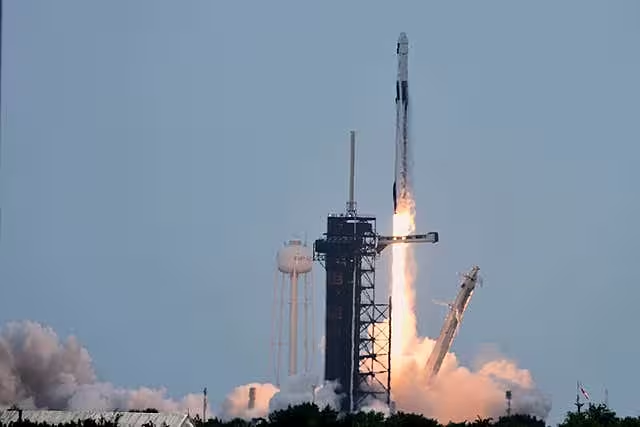
The failure of the Starliner test flight has forced Butch Wilmore and Suni Williams to board SpaceX's return mission from the ISS more than nine months after the launch of a mission originally planned for one week.
Ahead of the launch, Ms Cardman noted that ensuring the safe return of colleagues “required giving way to our queue”.
“Every member of the team dreams of being in orbit. No one wants to stay on Earth, but this is not a personal issue,” the mission commander emphasized.
“Even after the launch, everything can change in an instant, so the real joy for me will be the moment when the station’s hatch opens,” she added.
NASA's Mike Fincke, Cardman's second pilot, previously served as Wilmore and Williams' backup on Starliner, making them the only certified operators of the craft.
Mr. Fink and Kimiya Yui (Japan), who have military experience and spaceflight training, were originally scheduled for the second Starliner test mission. After its launches were suspended until 2026, NASA reassigned them to the final phase of the SpaceX program.
Rounding out the crew is Russian pilot Oleg Platonov. The former fighter pilot was previously suspended from training for the Soyuz flight due to medical problems, which he says have now been completely resolved.
To optimize costs in the context of budgetary constraints, NASA plans to increase the standard duration of missions to the station from six to eight months. Similar measures have already been implemented by the Russian space program.
SpaceX is closing in on approval to use its Dragon capsules for long-duration missions, which would allow the current crew to remain in orbit until April next year.
Against this backdrop, the head of the Russian space service held talks in the United States with the acting head of NASA, discussing further cooperation on ISS projects and lunar exploration. This is the first face-to-face meeting of this level in the last seven years.
Roscosmos CEO Dmitry Bakanov met on Thursday with NASA's new interim chief Sean Duffy, who arrived for the launch ceremony of the international team.
The official statement from Roscosmos stated that the parties discussed “prospects for work on the ISS, cooperation in lunar programs, deep space exploration, and the development of joint space initiatives.”
Sourse: breakingnews.ie
